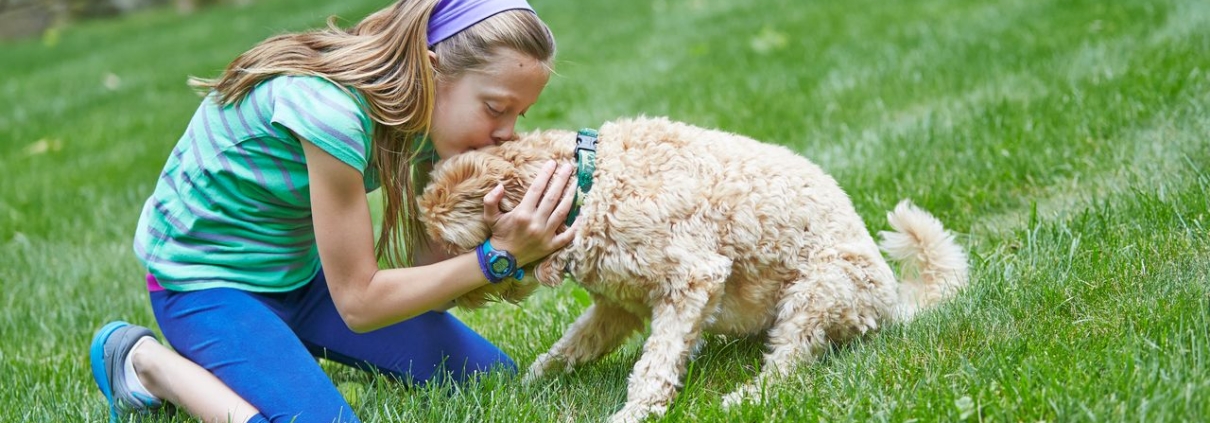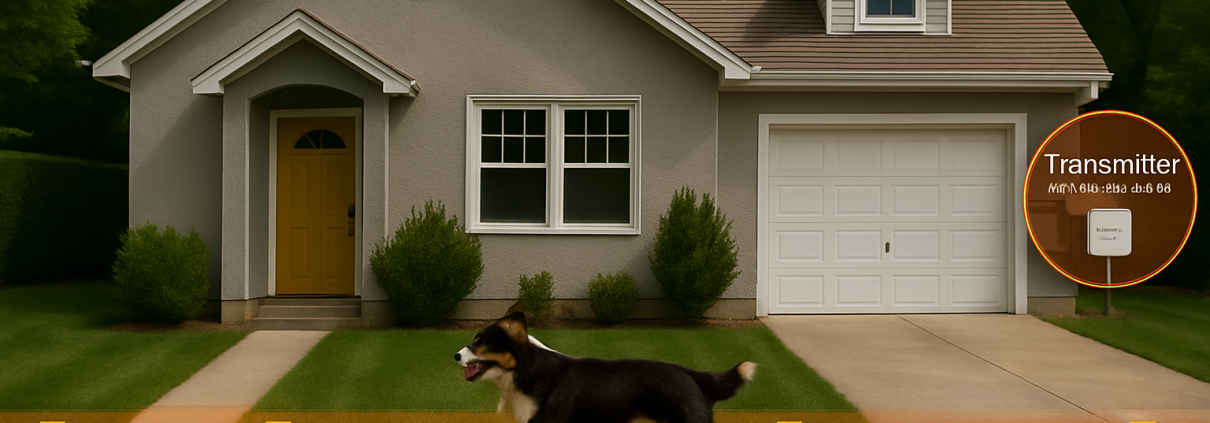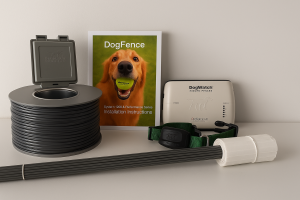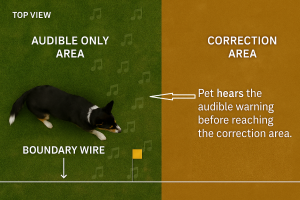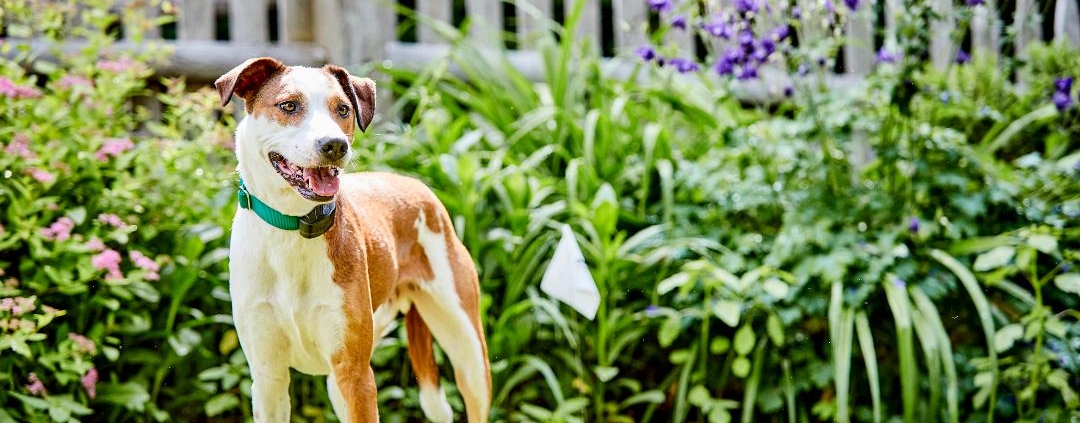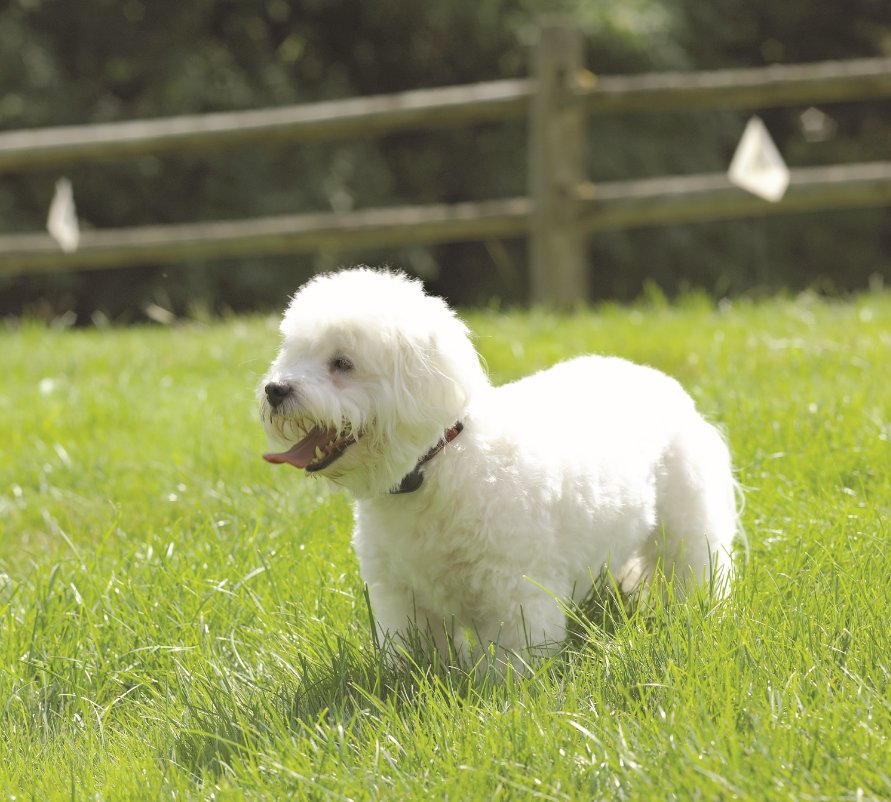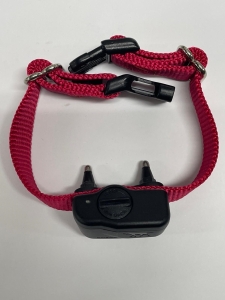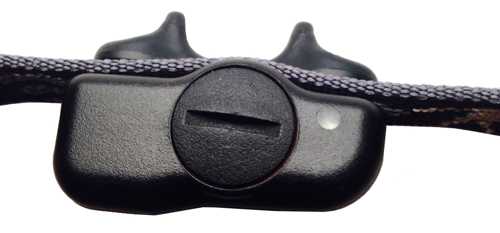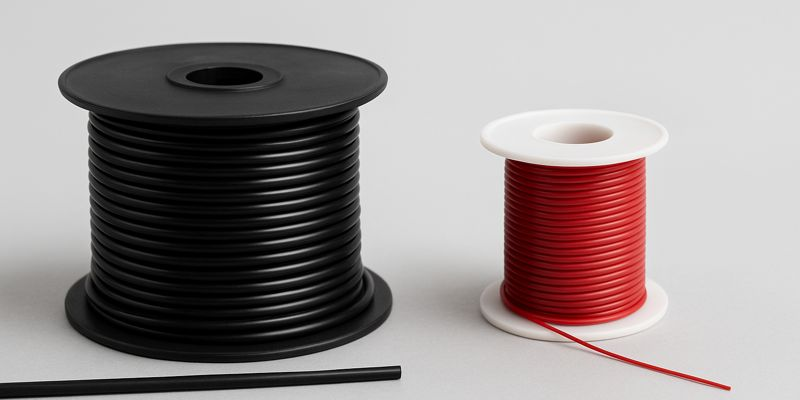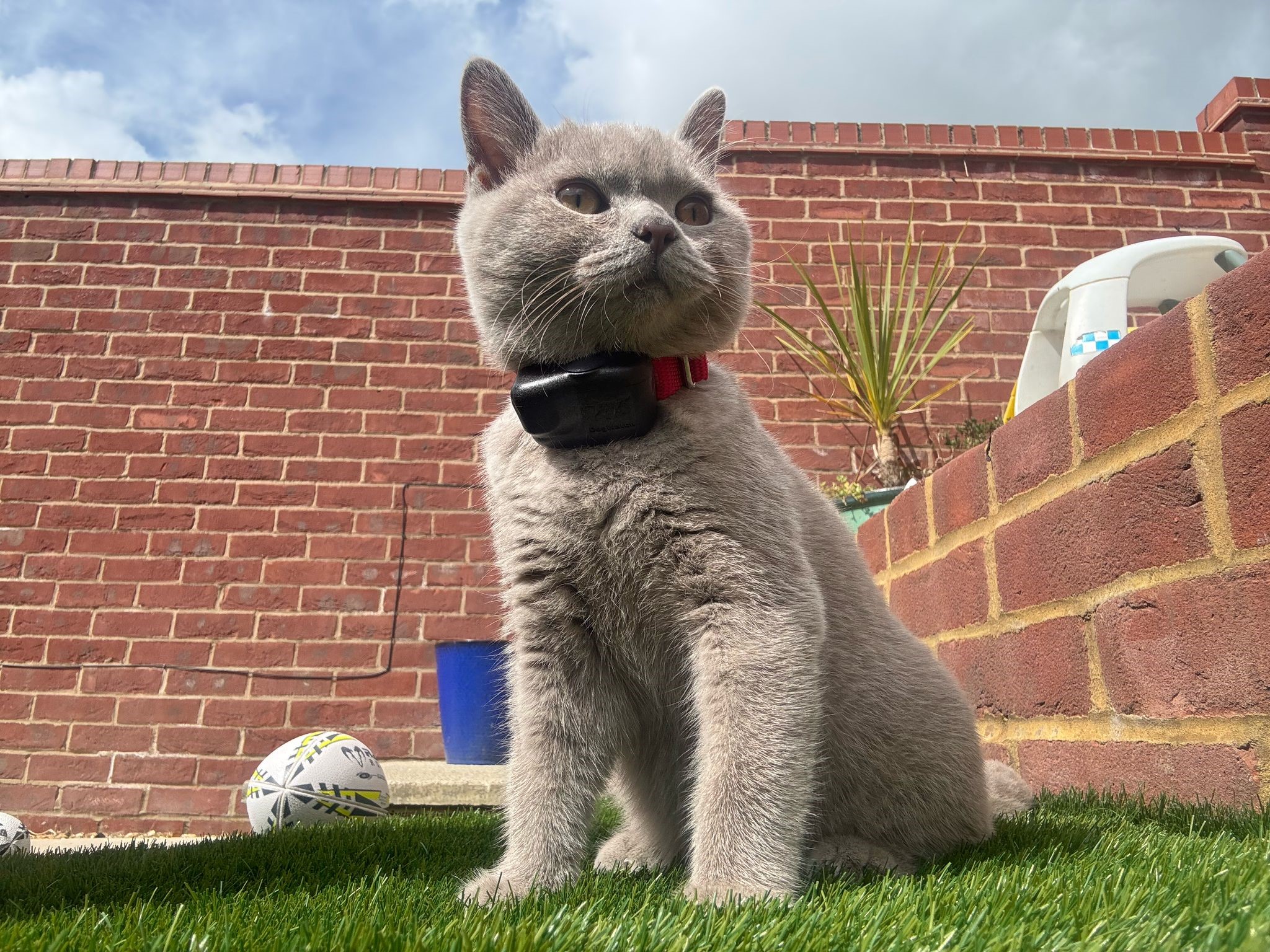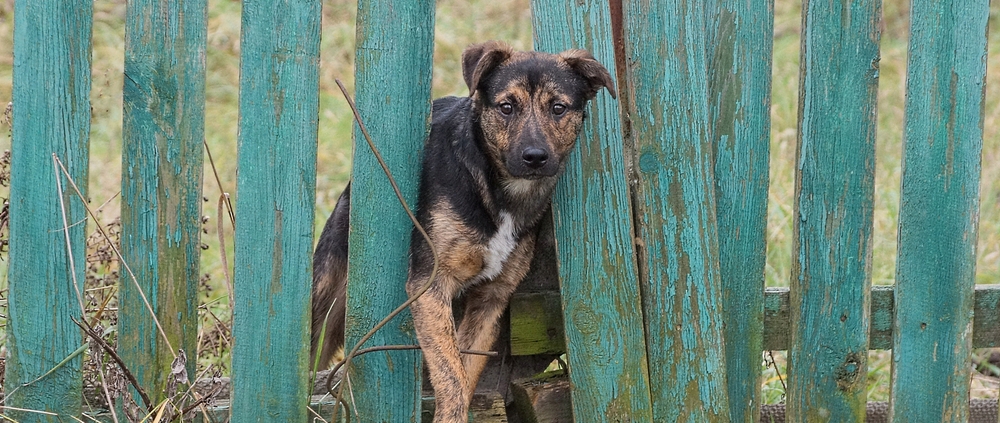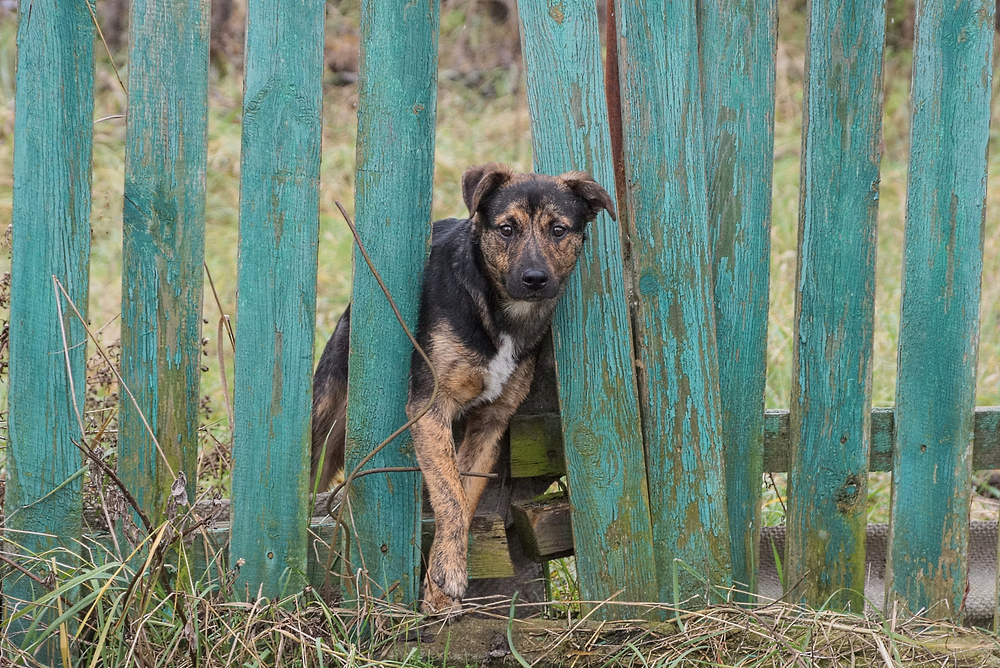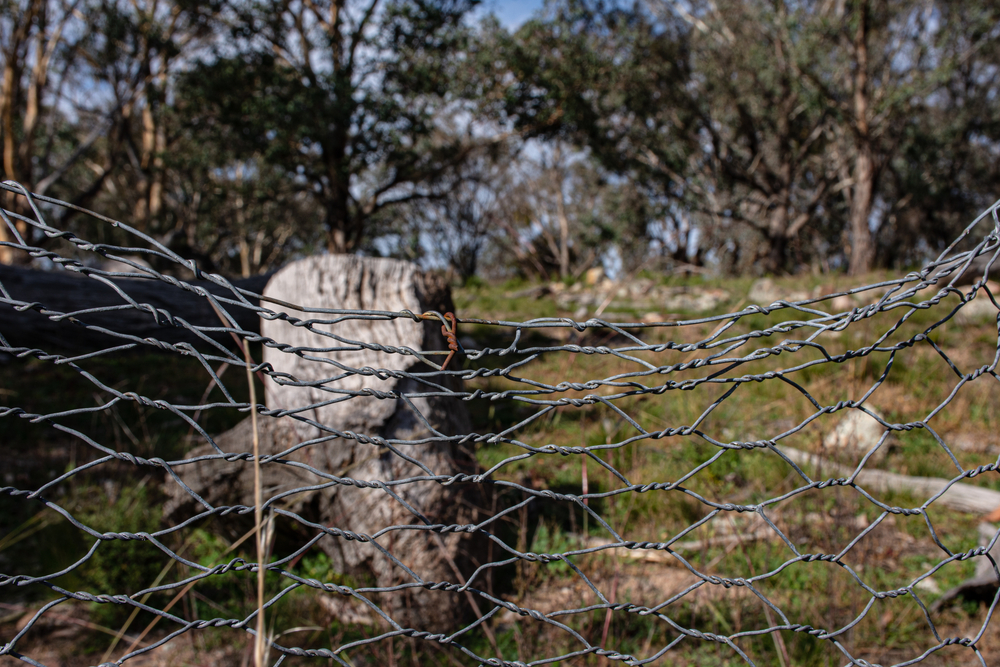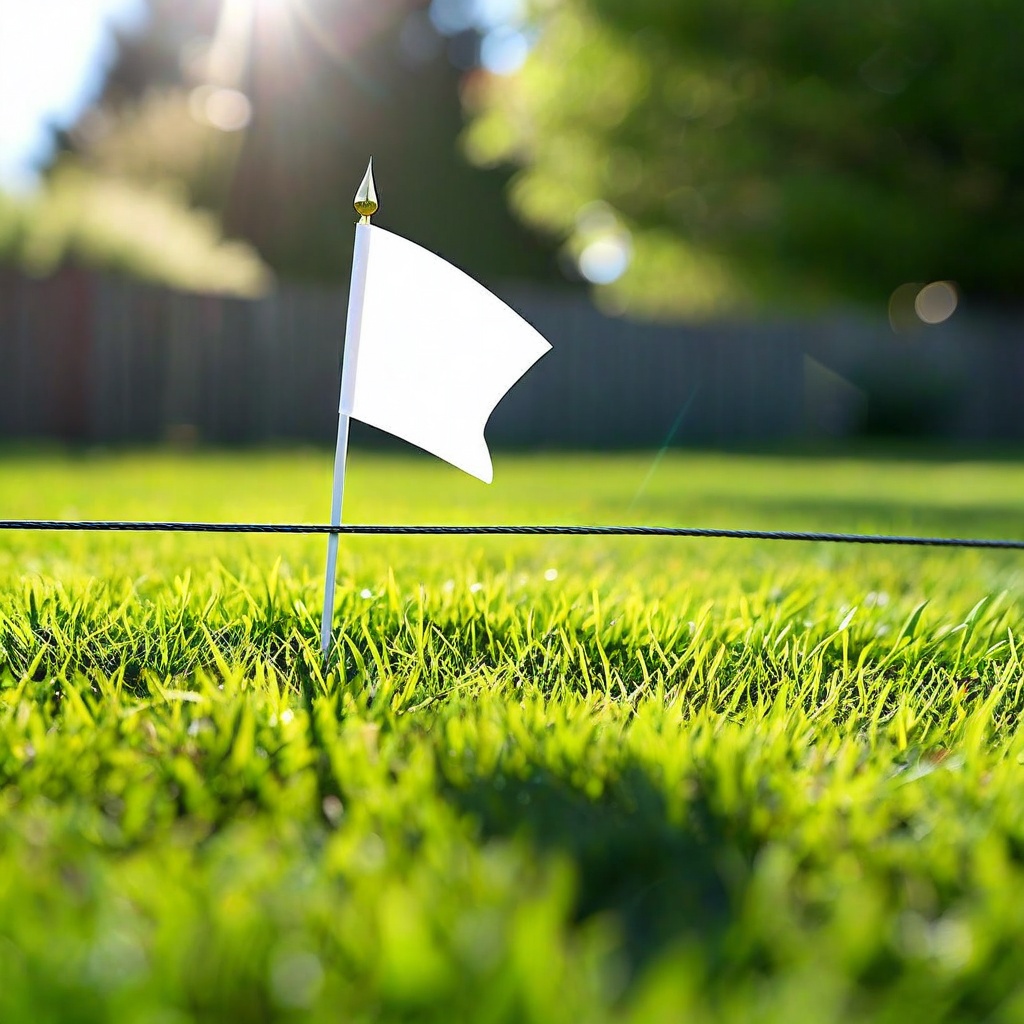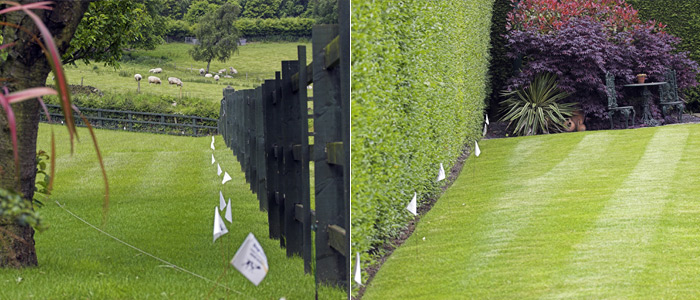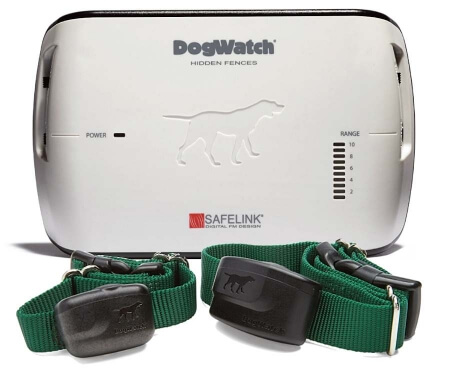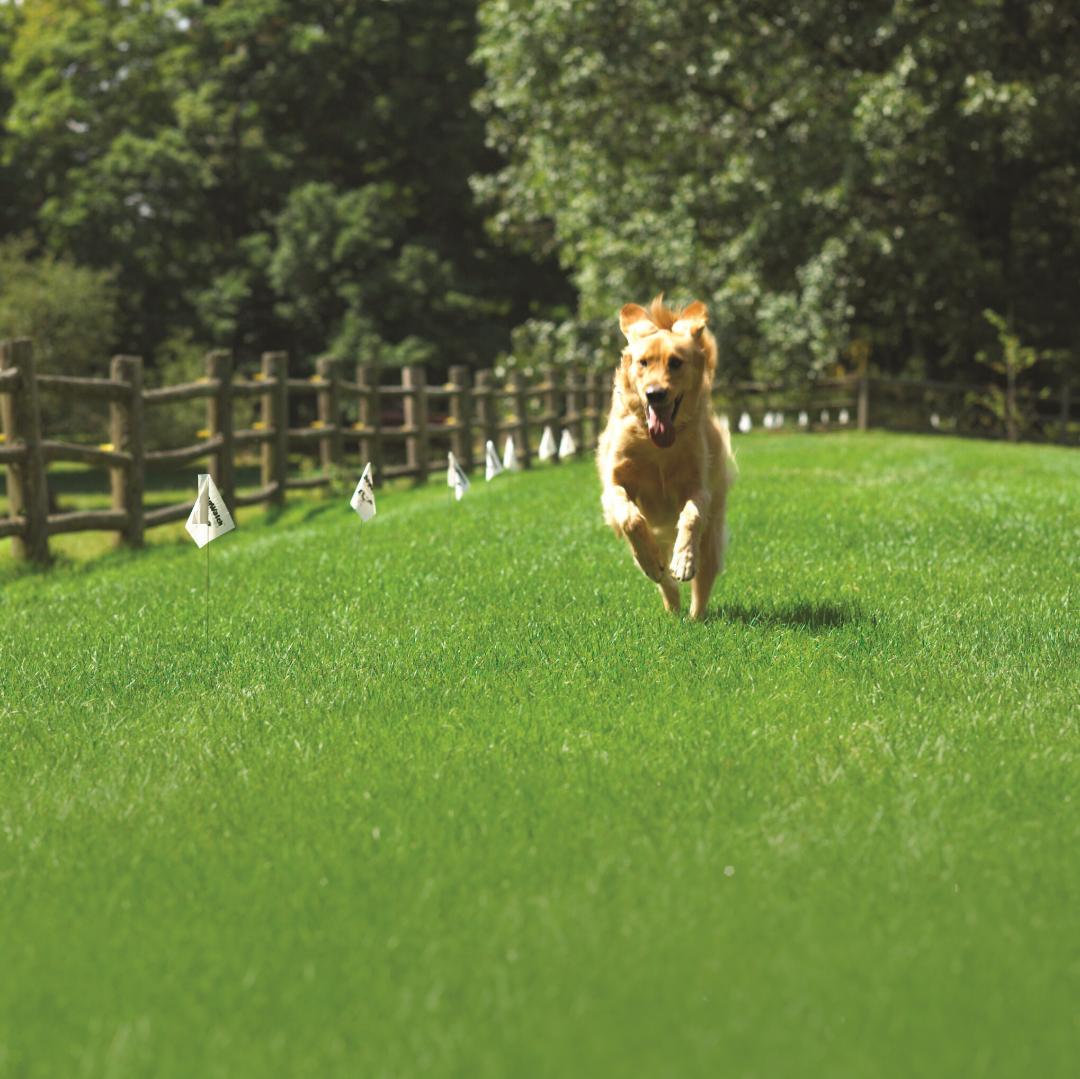Dog Fence Safety for Children | Family-Safe Containment
Dog Fence Safety for Children: A Complete Family Guide
Ensuring dog fence safety for children is one of the top priorities for families exploring electronic pet containment.
Parents often wonder whether an invisible fence is child-safe, how it works, and how it fits into busy family life.
With DogFence, the answer is simple: our systems use a harmless FM radio signal—not electricity—making them perfectly safe for children, pets, and the home environment.
This guide explains how our technology works, why it supports a safe and happy family lifestyle, and how children can play an active role in helping their treasured dog learn the boundary.
Why Dog Fence Safety for Children Matters
Modern family life can be chaotic, and pets bring enormous emotional, social, and developmental benefits for children.
Research shows that growing up with dogs or cats helps kids develop empathy, responsibility, and emotional resilience. Pets also encourage outdoor play, increase daily activity levels, and provide companionship that supports mental wellbeing.
With so many benefits, it’s crucial to keep pets safe at home—without compromising the safety of children who share the garden.
At DogFence Ltd, we’ve installed more than 20,000 systems across England, and our FM-based technology ensures complete dog fence safety for children. There is no electrical current in the boundary wire, no shocks above the ground, and nothing that children can feel, touch, activate, or interfere with. Only the dog’s programmed collar interacts with the radio field, making DogFence one of the safest child-safe dog fence solutions available.
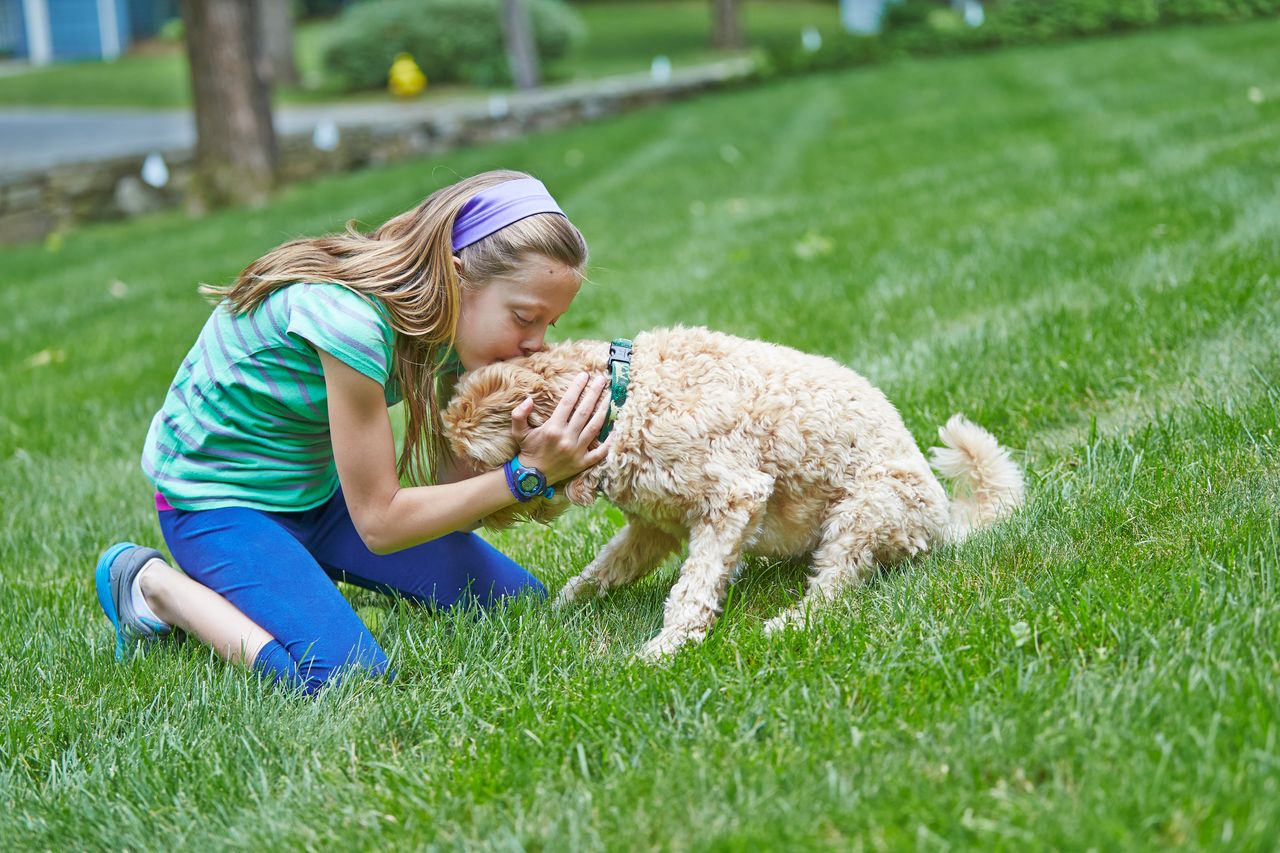
Children can enjoy safe outdoor time with their pets thanks to a DogFence containment system
How the System Works (Simple, Safe, and Family-Friendly)
Our electronic dog fence contains your pet using three components:
- A transmitter positioned inside the home
- A boundary wire professionally installed underground
- A lightweight receiver collar worn by your pet
The transmitter sends a coded FM radio signal through the buried wire.
This is the same type of harmless signal used in radios, baby monitors, and home electronics.
Your dog learns the boundary through visible training flags and audible cues such as the warning beep.
Children can walk, run, play football, ride bikes, or cross the boundary line as often as they like—absolutely nothing happens. Only the pet’s collar interacts with the system. Parents often tell us they love how discreet and non-intrusive the system is—it keeps their dog safely contained without fencing off views, gardens, or play areas.
To see the process in a simple diagram, visit our illustrated guide:
How the DogFence System Works.
Is a Dog Fence Safe for Homes with Children?
Yes. The DogFence system is fully safe and simple for families to live with. The boundary emits a low-frequency FM signal that is harmless, contact-free, and completely undetectable to children or adults. Your dog receives a gentle warning beep as they approach the boundary, followed by a mild static sensation if they push further. It’s comparable to the tiny static zap you get touching a car door—and is designed to interrupt behaviour, not punish.
Our collars include:
- Automatic shutdown after 15 seconds
- Anti-linger technology to prevent over-correction
- Full waterproof sealing
- DEFRA-tested and approved components
You can find more safety information and commonly asked questions on our
DogFence FAQ page.
The Benefits of Owning Pets for Children and Families
A well-contained pet doesn’t just protect your garden—it supports the whole family’s wellbeing. Dogs and cats offer comfort when children feel worried, help them navigate big emotions, and provide a steady, non-judgemental presence at home. For many children, a family pet is their first “best friend”, and that bond can be incredibly powerful.
Pets also teach practical life skills:
Feeding, grooming, and walking a dog helps children learn about routine, responsibility, and caring for another living being.
Family walks, games in the garden, and simple training exercises get everyone moving and away from screens, creating quality time together. By combining these benefits with reliable dog fence safety for children, families can enjoy all the positives of pet ownership without the constant worry of escape or road accidents.
Helping Children Understand the Boundary & Training Process
One of the biggest advantages of our system is how easily children can be involved in the training process. Involving children helps them understand why the dog wears a collar, how the boundary works, and what to look out for during playtime. This turns the dog fence into a shared family project rather than a mysterious system in the background.
Ways Children Can Safely Participate
- Helping place the training flags: Kids love helping set up the garden boundary, turning training into a family activity.
- Watching the early sessions: Children can observe from a distance as your pet learns the visual cues.
- Rewarding the dog: When your dog retreats to the safe zone, children can offer treats, praise, and encouragement.
- Learning terminology: Kids quickly understand “safe zone,” “flags,” and “beep,” making the system easy to follow.
Children often become valuable helpers in reinforcing safe, positive behaviour with their pet, supporting both good manners and ongoing dog fence safety for children in the garden.
Why Families Choose DogFence Ltd
- Harmless FM radio signal – not electricity
- Safe for children, pets, and gardens
- DEFRA-tested technology
- Lifetime warranty on professionally installed systems
- Tailored dog training for all temperaments—including nervous dogs
- Invisible, aesthetic, and non-intrusive
Our containment systems help reduce stress for busy families by allowing dogs to enjoy freedom while giving parents reassurance that the garden remains safe and secure. This balance of freedom and safety is why DogFence remains one of the UK’s most trusted systems for dog fence safety for children.
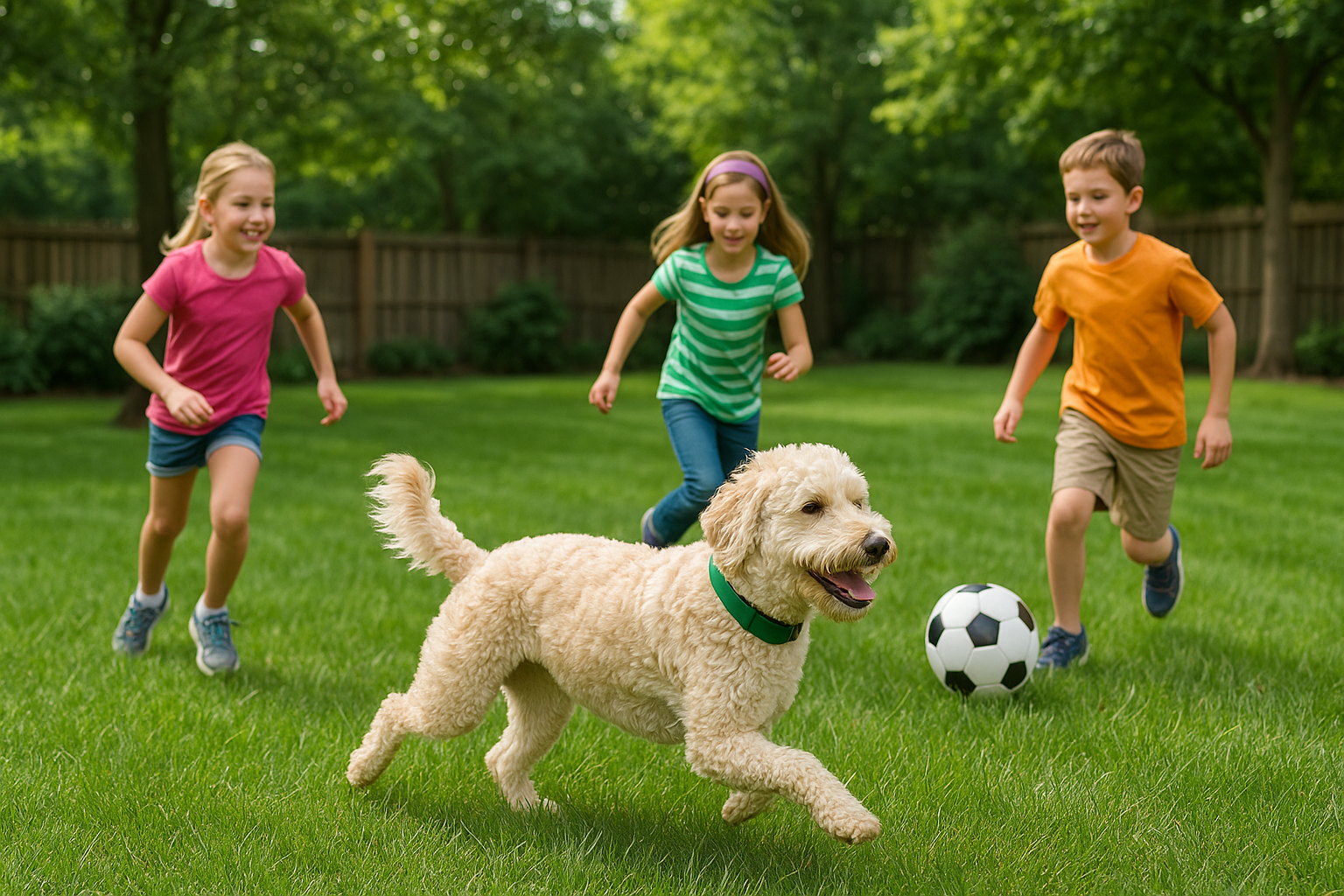
Children enjoying garden playtime while their dog runs safely using a DogFence electronic containment system.
Ready to Keep Your Pet Safe?
Call us on
01628 476475
|
Message us on WhatsApp
|
Request a Free Quote Online

